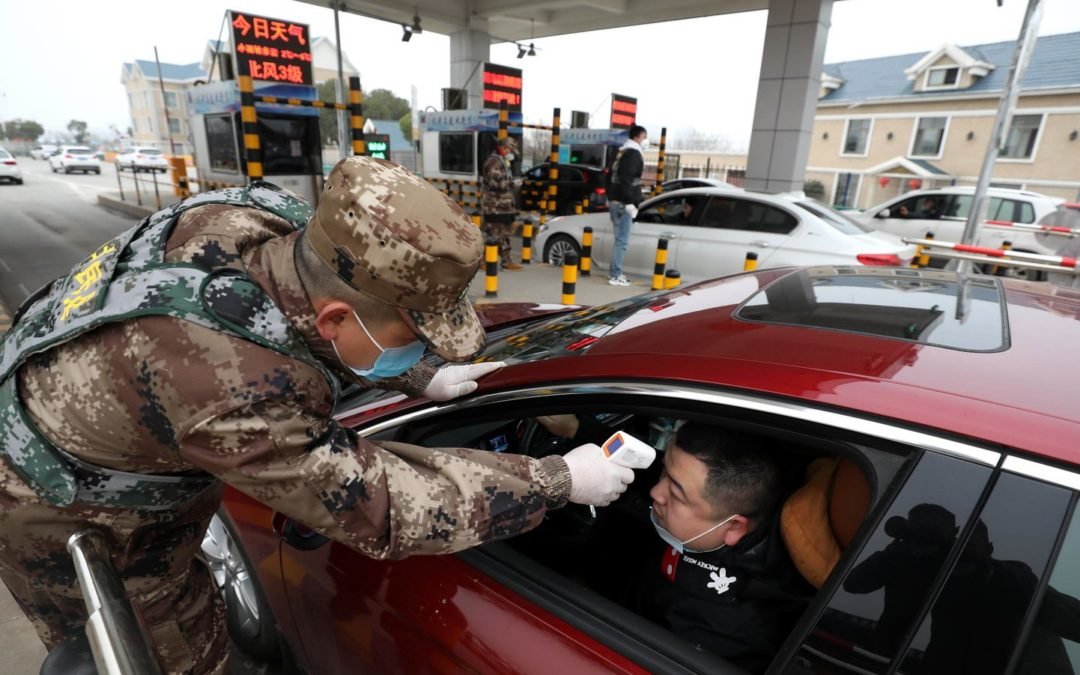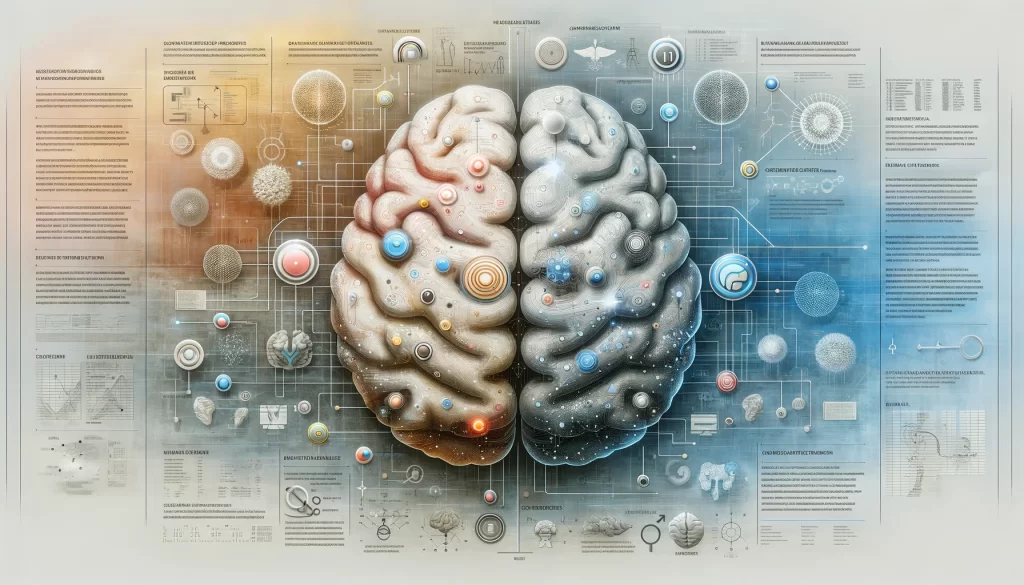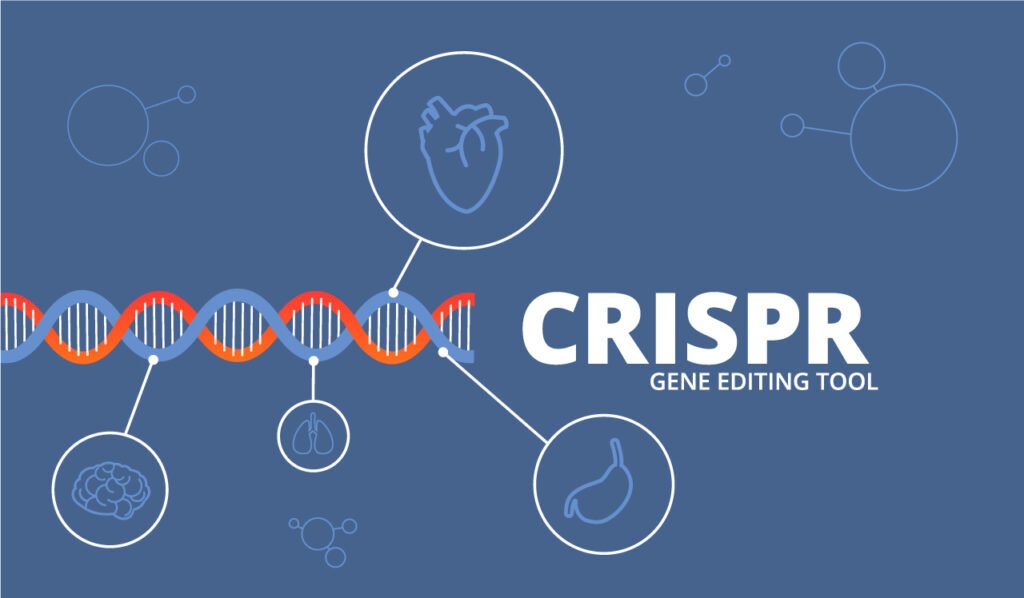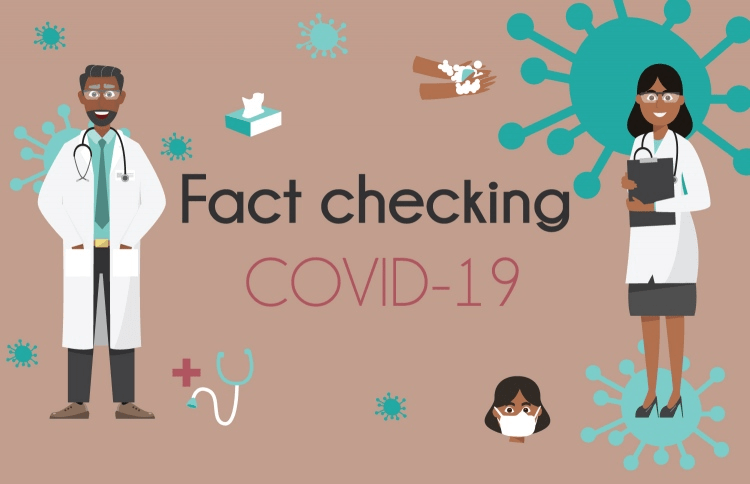Coronavirus Outbreak & Dangers of Infectious Diseases: From outbreaks to global pandemics

In the past week, the infectious coronavirus has rapidly grown in China. The deadly outbreak and epicenter of the virus originated in the city of Wuhan, the Hubei provincial capital in China. As the outbreak continues to siege, health officials have confirmed at least 41 deaths and more than 400 new cases of the virus were diagnosed, bringing the total number of confirmed cases in China to nearly 1,300. The virus is known to cause moderate to severe upper respiratory symptoms, including the common cold, while other forms of the coronavirus can lead to pneumonia or even death.
This virus is “highly infectious,” according to China’s Bureau of Disease Prevention and Control. This outbreak has severely strained medical resources in Wuhan and many other cities near and far the epicenter. As Chinese officials race to respond and contain this deadly outbreak, it has already begun to impact other countries including the United States. Though risk remains low to the US, officials are implementing health screenings across major US airports for passengers that are returning from the affected regions for any signs of the disease. Despite efforts in the US, there have already been at least 3 confirmed cases. Other countries including India, Canada, and United Kingdom are issuing travel warnings and implementing similar health screenings.
This outbreak is constantly developing, and more information is being learned as health officials in China struggle to contain the spread of the coronavirus.
While most news reports today tend to be of global stock markets, booming (or now declining) economies, war on terrorism, and a few other selected conflicts, the one issue that is often missed by the mainstream media is the sheer number of people affected and dying from tropical and infectious diseases—and that is largely preventable and curable. Governments across the globe spend more on emergency response rather than preventing disease outbreaks.
In light of this outbreak and its global impact, it is alarming to see that countries like the United States and China are not equipped to respond to outbreaks of disease and other health emergencies. Disease is prevailing in modern times. With our global population exceeding 7 billion people, the numbers of diseases and outbreaks has also increased drastically. Since 2000, nearly 40 new diseases have emerged across the globe. Even with modern medicine, science, and technology, today more people are at risk of infectious diseases than at any other time in history. Infectious diseases are becoming a global problem requiring worldwide attention.

Travellers wearing masks wait to board trains at a Beijing station. Millions will travel to visit relatives for the lunar new year holiday that begins at the weekend © Getty
There are six deadly infectious diseases that account for 90% of all problems- pneumonia, tuberculosis, diarrheal diseases, malaria, measles and HIV/AIDS. Infectious diseases are the leading cause across the globe for death. Infectious diseases accounts for nearly 26% of all deaths annually across the globe, killing close to 17 million people according to the 2019 World Health Organization Health Report.
Over the next hour alone, 1500 people will die from an infectious disease – over half of them children under five, with the other half being working-age adults – many of them breadwinners and parents. These are both vital age groups that countries cannot afford to lose. Additionally, infectious diseases are also commonly contracted by adults over the age of 60, many of whom have underlying health issues. By 2050, approximately 1/3 of the United States population will be over the age of 65 and across the globe over 2 billion people. Many of these disease outbreaks stem from lack of healthcare access, sanitation, and poor living condition which often leave people without resources to protect themselves. There are steps we can and must implement now to curb the effects of infectious disease upon our global population. Individuals can immediately help by taking steps such as getting vaccinated against diseases, seeking preventative healthcare, maintaining proper hygiene and keeping sanitary living conditions. On a broader level, individuals can support local health drives by donating blood, contacting their elected officials about healthcare access, and most importantly informing family members and members of their community of sanitary practices.
Rampant disease and lack of access to healthcare will soon become normal in the coming years. The world population is roughly 10 years away from a population of 8.2 billion people and by 2050 we will reach 9.6 billion, according to the United Nations. We are currently witnessing an unprecedented amount of disease outbreaks that health professionals are unable to control. Most of the death’s related to infectious diseases occur in developing nations, which are also nations that spend the least amount of money on healthcare. Countries all across the world will have to develop solutions that help in providing healthcare access, vaccines, and funding for medical research and facilities, all of which are key in curbing the spread of disease. If no action is taken, we will witness nearly a third of the global population that will be in desperate need of medicine, water, food, and refuge within the decade. The spread of disease is only growing faster today especially with the rising effect’s climate change. From individuals to governments, we must act now to protect the lives of billions and our planet.

Written By Pavan L.
Jan 25, 2020
Social Share
Latest Blogs
Breakthrough AI Study Unveils Gender-Specific Brain Features Linked to Cognitive Functions
In a new groundbreaking study, researchers...
Biohacking the World – The Future of Genetics
The genetic code of humans is what sets us...
The Impact of Healthcare Information on Covid-19 Perception
In the United States they are over 5.2...
10 Things You Need For Your First Day of Clinical Rotations
My name is Keshu Mahesh and I’m currently a...
Coronavirus in the US: Latest Updates on the Covid-19 Pandemic
Updated March 30, 2020, 9:00 PM EST In the...







0 Comments